British History
Introducing… the Queen’s 95th Birthday 50p range!
This year Her Majesty becomes the first monarch in British history to celebrate a 95th birthday – an incredible milestone that has been celebrated, albeit in a slightly different way, this year.
And now to mark this incredible achievement a fantastic set of BRAND NEW 50p coins have been issued by the Isle of Man and fully approved by Her Majesty the Queen.
Check out the coins below and all the information you’ll need to order your favourites.
The COMPLETE Brilliant Uncirculated 50p Set
This fantastic collection features all six new 50p coins, each struck to a Brilliant Uncirculated quality and each featuring a specially commissioned portrait of Her Majesty by sculptor Luigi Badia, charting her reign from the 1950s to the present day.
What’s more, the coins will come protectively housed in a bespoke presentation pack that has been designed specifically for your coins.
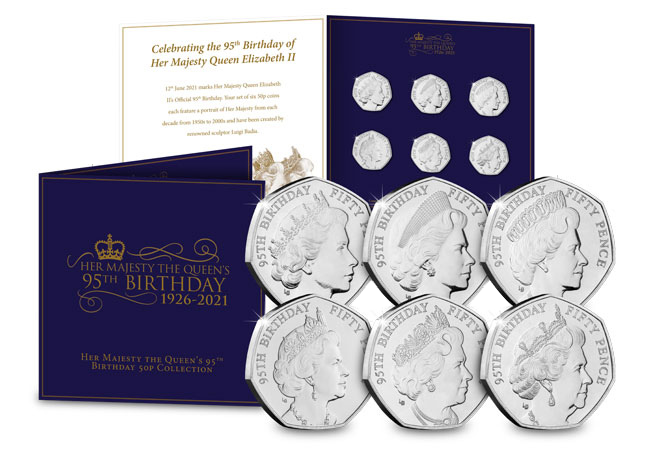
This complete set is surely a MUST-HAVE for any serious coin collectors, so if you’d like to secure one for your collection for JUST £37.50 (+p&p).
Click here to secure the COMPLETE BU 50p Set>>
The STRICTLY LIMITED Queen’s 95th Birthday Silver 50p Coin
You also have the chance to own the BRAND NEW 50p coin as a strictly limited Silver Proof! Your coin will come complete in a presentation case with a numbered certificate guaranteeing your coin’s place within the strict edition limit.
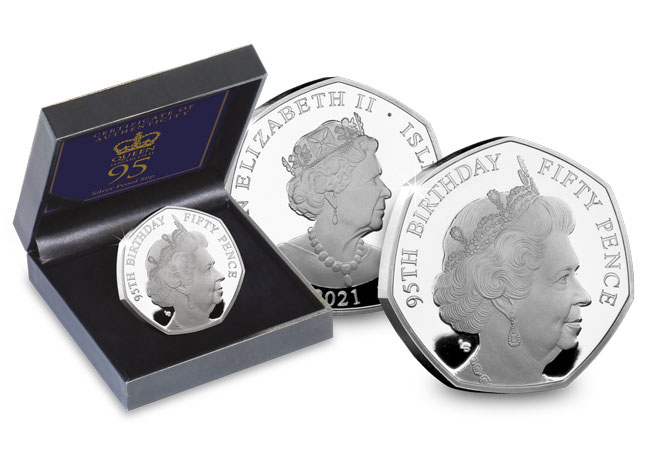
The Silver Proof editions are without a doubt the collector’s favourite and almost always completely SELL-OUT. And with an edition limit of JUST 4,995 coins, you’ll need to act now if you want to secure one for your collection.
Click here to secure yours now >>
The COMPLETE Queen’s 95th Birthday Silver Proof 50p Collection
One of the most limited ways to own these brand new coins is the Silver Proof Collection. With just 1,495 available to collectors worldwide, a sell-out is inevitable.

Each coin has been struck from .925 Sterling Silver to a Proof finish and comes ready to present in a deluxe presentation case with a numbered Certificate of Authenticity.
Click here to secure yours before they SELL OUT >>
The Queen’s 95th Birthday Gold Proof 50p
Just 250 of these special new coins are also being struck from 22 Carat Gold. That’s a TINY number and is sure to be snapped up almost immediately by collectors.
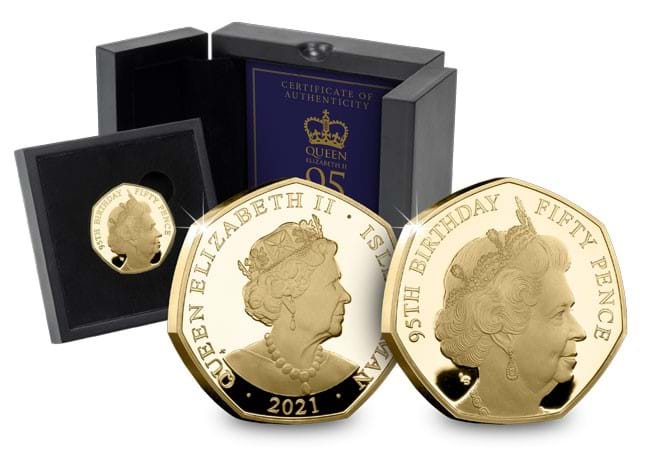
This is an extremely exclusive and limited release, so if you want to secure one for your collection you really will need to act now.
Click here to find out more and to secure yours >>
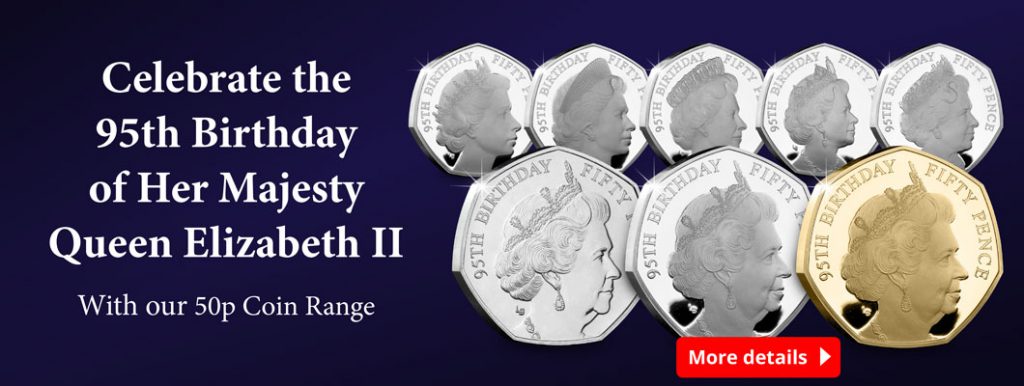
The iconic train known around the world – The Flying Scotsman
First constructed in 1923, the LNER Class A3 4472 became a flagship locomotive for the London and North Eastern Railway (LNER), and due to its notable service on the London to Edinburgh Flying Scotsman line, the train itself became known as The Flying Scotsman.
Over its long career, The Flying Scotsman set two world records; one for being the first steam locomotive to be officially authenticated at reaching 100mph, and then setting a record for the longest non-stop run by a steam locomotive when it ran 422 miles whilst in Australia.

The Flying Scotsman was retired from active service in 1963 after covering over 2.08 million miles, and was bought by several private owners, before finally being purchased by the National Railway Museum in 2004 for £2.3 million.
After a couple of years of failed uses as a charter train due to various mechanical issues, in 2006 The Flying Scotsman entered the National Railway Museum’s workshops to begin a large scale overhaul and restoration project.
The complete restoration of the locomotive took ten years to complete – during which time the A4 boiler was replaced with a spare A3 boiler which matched up to the locomotive’s original specifications. Other issues were encountered during the restoration, including misaligned frames, and cracking throughout the frame and cylinders.
Finally, in January of 2016, The Flying Scotsman’s restoration was fully completed and returned to active service wearing its Wartime Black livery.

As part of this restoration, the left trailing front bogie axle-boxes had to be replaced. These axle boxes were each stamped with ‘103’ – the number The Flying Scotsman ran under in post-war years, and as such would’ve covered hundreds of thousands of miles whilst fitted to the famous locomotive.
These axle boxes were then melted down into ingots, before being commissioned by The Westminster Collection to be cast into miniature sculptures of The Flying Scotsman for use in a special commemorative issue…
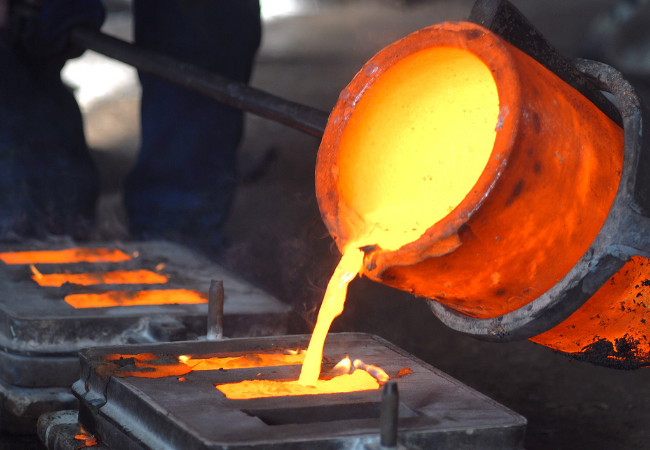
The BRAND NEW Flying Scotsman Provenance Commemorative
And now, a small number of collectors have the chance to own a BRAND NEW Commemorative featuring an ACTUAL piece of The Flying Scotsman…
This incredible commemorative features an original piece of The Flying Scotsman, cast into the shape of the iconic locomotive and meticulously precision set into a deluxe SUPERSIZE 70mm commemorative.
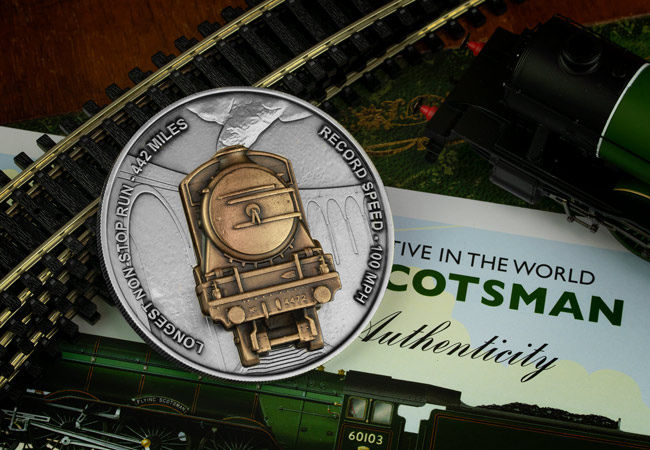
Even without the piece of The Flying Scotsman, this commemorative is a work of engineering art in its own right. Combined with the original piece of Flying Scotsman, it becomes a piece of locomotive history…
Only 250 lucky collectors have the chance to own this special new commemorative. The last Provenance commemorative that featured a piece of Hawker Hurricane SOLD OUT in a matter of weeks. Click here to secure your Flying Scotsman Provenance Commemorative while you can!
Unboxing a rare collaboration from two of the world’s leading Mints
In my latest video I unbox a rare collaboration from two of the world’s leading Mints that’s been issued to mark the 95th Birthday of Her Majesty Queen Elizabeth II.
But ONLY 6,500 have been released.
A TINY number considering the incredibly rare collaboration.
Watch my latest unboxing video to discover why you NEED to add this rare collaboration to your collection…
If you’re interested…
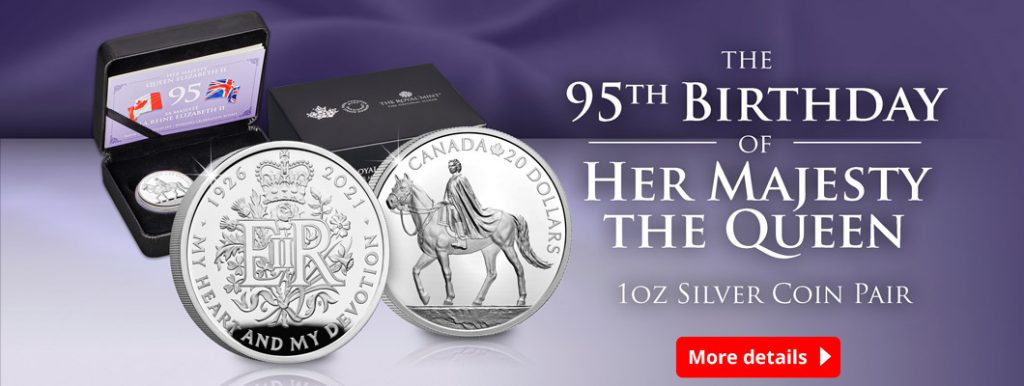
Click here to be one of 6,500 to own this MUST-HAVE Royalty pair >>
